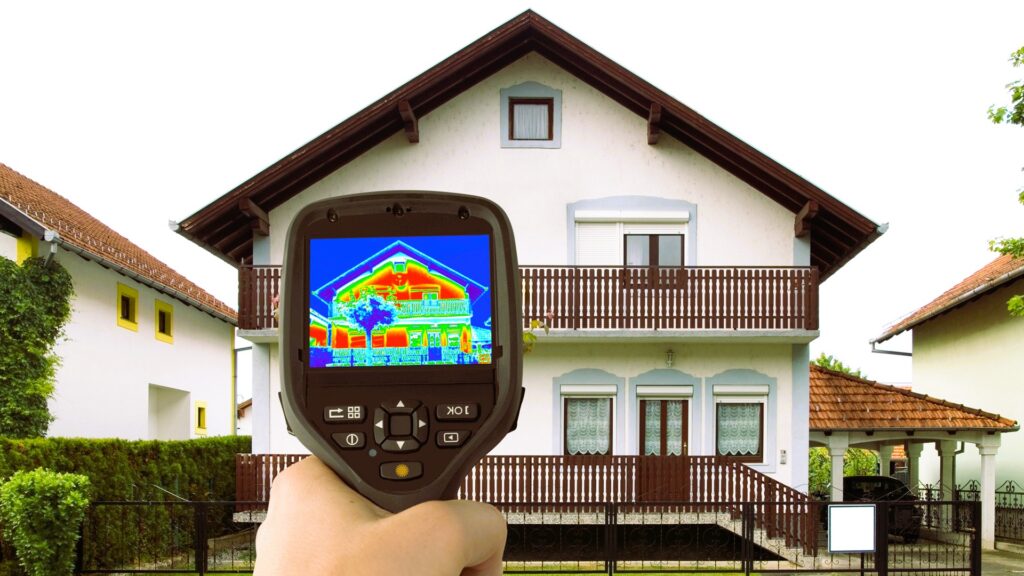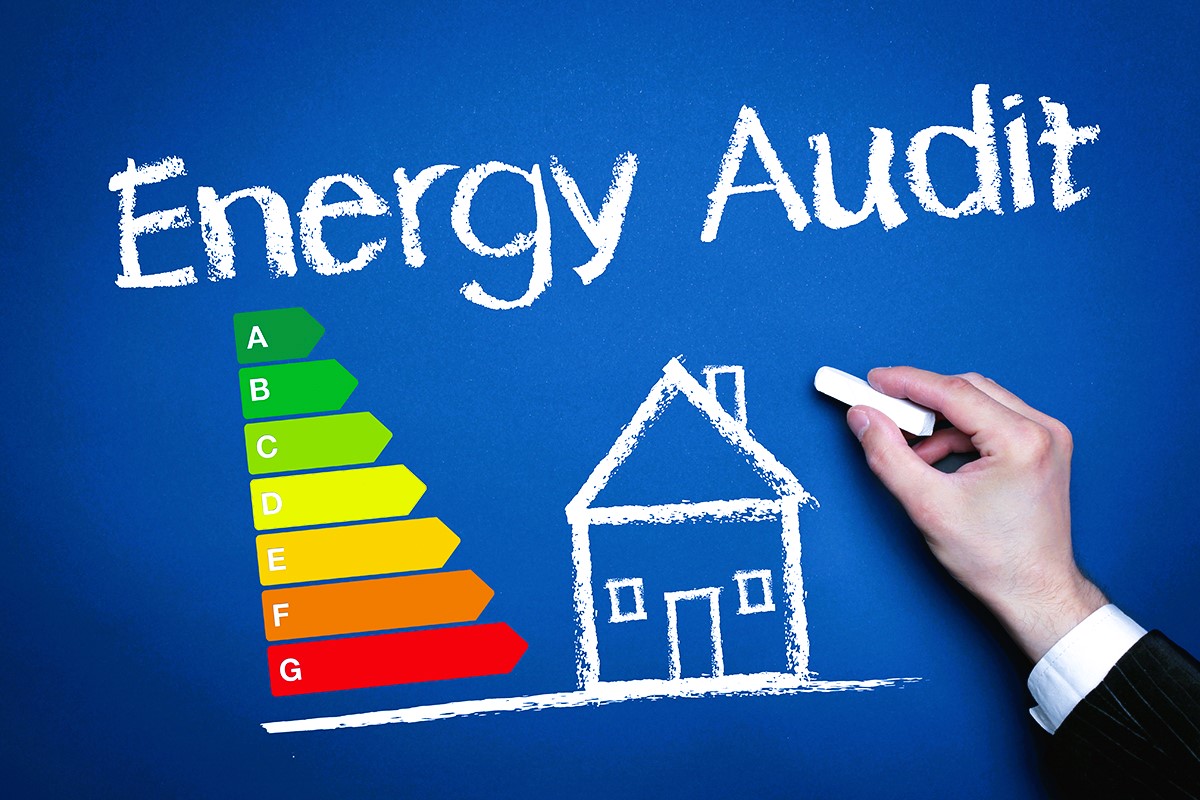Conducting a home energy audit is a crucial step in identifying areas for improvement and optimizing energy efficiency in residential buildings. Windows play a significant role in overall energy performance, and assessing their efficiency is essential for reducing energy consumption, enhancing comfort, and lowering utility bills. In this article, we’ll explore the process of conducting a home energy audit specifically focused on evaluating window efficiency opportunities.
Understanding Home Energy Audits
A home energy audit, also known as a home energy assessment, is a comprehensive evaluation of a residence’s energy use, efficiency, and potential areas for improvement. The audit typically involves a thorough inspection of various systems and components, including heating, cooling, insulation, appliances, and windows. By identifying energy inefficiencies and recommending energy-saving measures, a home energy audit helps homeowners make informed decisions to reduce energy consumption and improve comfort.
Assessing Window Efficiency

Windows are critical elements in a home’s thermal envelope, influencing heat gain, heat loss, and overall energy performance. During a home energy audit, assessing window efficiency involves evaluating several key factors:
- Window Type and Age: Determining the type and age of windows in the home provides insight into their energy performance characteristics. Older, single-pane windows are typically less energy efficient than newer, double or triple-pane windows with low-emissivity (Low-E) coatings and gas fills.
- Frame Material and Condition: Inspecting the condition and material of window frames helps assess their insulation properties and durability. Common frame materials include wood, vinyl, aluminum, and fiberglass, each with varying levels of thermal conductivity and energy efficiency.
- Glass and Glazing: Examining the type of glass and glazing used in windows provides information on their solar heat gain, visible transmittance, and insulating properties. Low-E coatings, gas fills (such as argon or krypton), and multiple glazing layers contribute to improved energy efficiency and thermal performance.
- Seals and Weather Stripping: Checking for air leaks, gaps, or deteriorated seals around window frames helps identify areas of potential energy loss and discomfort. Properly sealing windows with weather stripping or caulking improves air tightness and energy efficiency. Read on for our key tips for energy efficient window maintenance.
Conducting the Audit
To conduct a home energy audit focused on window efficiency opportunities, follow these steps:
- Visual Inspection: Start by visually inspecting windows inside and outside the home, noting their type, condition, and any visible signs of damage or deterioration.
- Air Leakage Test: Perform a simple air leakage test by holding a lit incense stick or smoke pencil near window frames and seams. Watch for any noticeable drafts or air movement, indicating potential air leaks that compromise energy efficiency.
- Thermal Imaging: Use a thermal imaging camera or infrared thermometer to detect temperature differences around windows, identifying areas of heat loss or thermal bridging.
- Energy Performance Analysis: Evaluate the energy performance of windows using energy modeling software or online calculators. Input data such as window dimensions, orientation, and U-factor to estimate energy savings potential and return on investment for window upgrades.
- Professional Assessment: Consider hiring a qualified energy auditor or home performance contractor to conduct a comprehensive energy audit, including blower door testing, duct leakage testing, and infrared thermography. A professional assessment provides detailed insights and recommendations tailored to your home’s specific energy needs and priorities.
Implementing Energy-Efficient Upgrades
Once potential window efficiency opportunities have been identified through the energy audit, homeowners can take several steps to improve energy performance and comfort:

- Window Replacement: Consider replacing older, inefficient windows with ENERGY STAR® certified windows featuring advanced glazing technologies, low-E coatings, and insulated frames.
- Weatherization Measures: Apply weather stripping, caulking, or window films to seal air leaks and improve insulation around window frames and sashes.
- Window Treatments: Install energy-efficient window treatments such as cellular shades, insulated curtains, or exterior awnings to reduce solar heat gain and enhance insulation.
- Secondary Glazing: Consider adding secondary glazing panels or storm windows to existing windows to improve thermal performance and sound insulation.
Standards and Guidelines
Adherence to relevant standards and guidelines is essential for ensuring the quality and performance of energy-efficient windows and home energy audits. Organizations such as the American Society for Testing and Materials (ASTM), the American National Standards Institute (ANSI), and the National Fenestration Rating Council (NFRC) provide standards and certification programs for energy-efficient windows and building energy assessments.
For more information on home energy audits and energy-efficient window standards, you can visit the following websites:
Conducting a home energy audit to identify window efficiency opportunities is a proactive step towards improving energy performance, comfort, and sustainability in residential buildings. By assessing window type, condition, and performance characteristics, homeowners can make informed decisions to implement energy-efficient upgrades and maximize energy savings. As energy costs rise and environmental concerns mount, investing in energy-efficient windows becomes increasingly important for homeowners seeking to reduce energy consumption, enhance indoor comfort, and improve overall quality of life.

